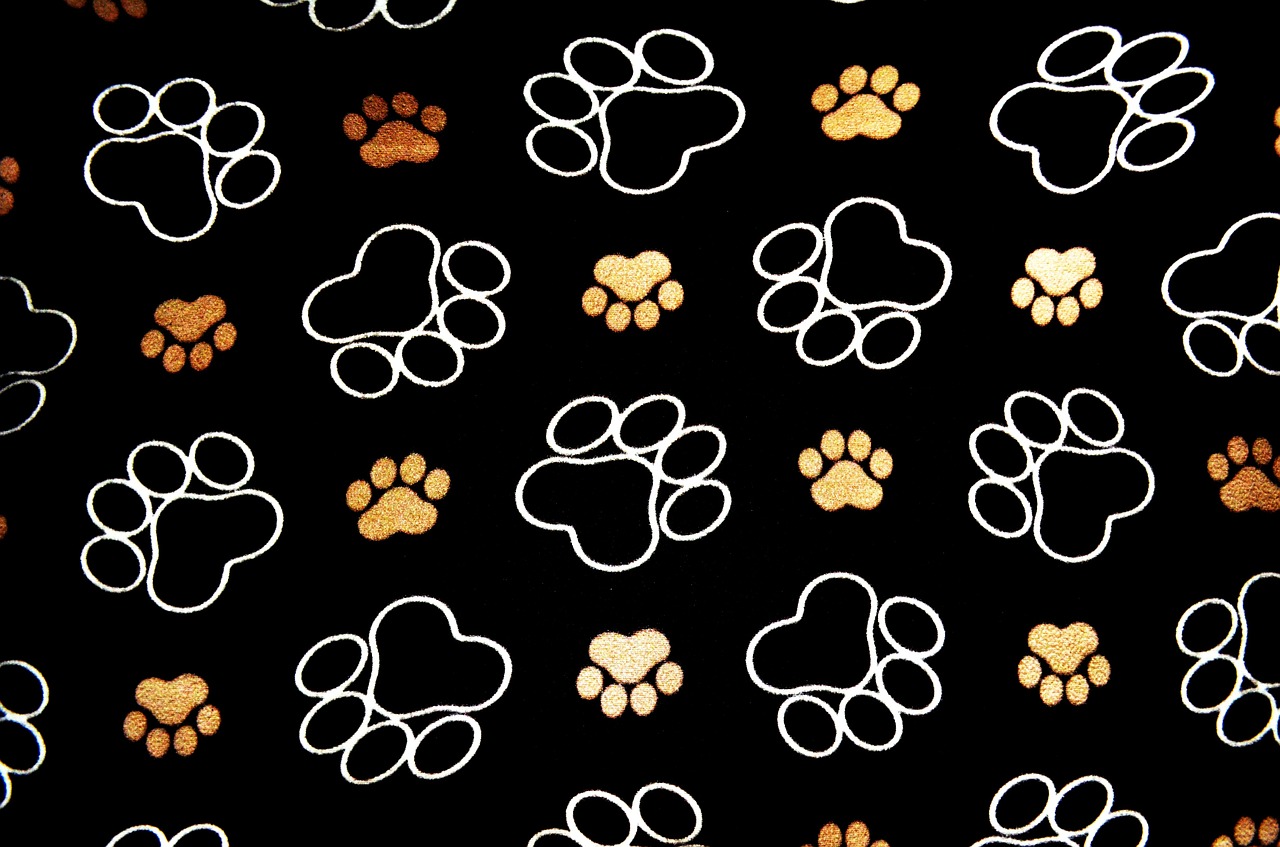Okay, so I have about had it with the humidity and heat. Oh my word, I swear the older I get, the worse I feel when temperatures climb above 90 degrees.
I had my mom to the doctor the other day and it was one of those awful, hot, humid days where the temperature display in the car actually said 93 at one point. I was so incredibly exhausted by the time I got home, I seriously thought something was rather strikingly wrong with me.
After a quick Google search, I learned that fatigue during really hot days is because of the work our bodies do to cool us down. Our bodies have to work almost twice as hard when it’s super hot in order to keep our internal temperatures at an okay place.
Whew. The heat is quite literally too much.
Then I imagined what it would be like for our four-legged friends. I mean, can you imagine wearing a fur coat in this heat? I absolutely can’t.
And yet, that’s what it would be like for our pets when the temperatures soar above 90 – and sometimes get close to 100. Add to that the fact that animals don’t perspire like we do to keep cool and you have a recipe for a rough afternoon for a dog or cat who has to contend with the elements.
Our pets don’t sweat like we do. They cool themselves down by panting. They can also put their bellies or paw pads on a cool surface to help, but mostly it’s panting. When they pant, obviously their breathing accelerates, but so does their heart rate.
If they can’t cool down, excessive panting can lead to heart failure, brain damage and nerve damage. Even if your boy doesn’t die, he could literally be affected for life from excessive heat.
The next time you get in a hot car to go somewhere, try to pant. Don’t do it for long because you’ll be overcome in a few short seconds, I’m certain, but that’s what it would be like for a dog or a cat inside a hot car.
In fact, I found a study that says, even when it’s 72 degrees outside, a parked car’s internal temperature can reach 116 degrees in one hour. That’s too hot for anyone, let alone an animal covered in fur.
When I think about it, it’s tough to keep anxiety and panic from setting in because I can sympathize with the animals. Please, if you have to take your animal with you in the car, make it a short trip and don’t leave them in a parked car.
I always think people are sick to death of hearing about heat warnings for pets, but then I’ll hear about someone who leaves a dog (or God forbid a baby) in a car on a hot day and my brain leaks out my ears a little. So, I’m going to keep saying it – please don’t leave your animal in a car at this time of year, even with the windows rolled down. Many of them can’t take it.
Also remember in general at this time of year, our pets will most definitely need access to water and cool spots, especially the breeds with thick coats or smashed faces. Pugs have difficulty breathing
sometimes as it is (if you’ve ever heard one of those little squirts snort like a pig, you know what I’m talking about – it’s adorable, but can be problematic). If you add panting through incredibly hot heat to the mix for a pug, you could see where issues can arise rather quickly.
Keep in mind sunburns aren’t just for humans. The hairless breeds – or dogs that have lost their hair recently – can get sunburned. So, when you’re out and about on those bright sunny days, keep your four-legged friends in mind and make sure they have access to shade.
Oh, and asphalt. Man, I can feel the heat coming off it when I’m wearing flip flops. Imagine what it’s like for our dogs and cats who have no protection on their sensitive paws. If you’re taking a walk in the summer, remember to give your guy a chance to wander through some grass so he can get off that burning pavement.
If your boy or girl appears to have signs of heat exhaustion or heat stroke, call your vet or the emergency clinic for suggestions. Obviously, excessive panting is a sign, as well as drooling, reddened gums, vomiting, diarrhea, mental dullness, uncoordinated movements, loss of consciousness or collapse.
Get him or her into a cool place and put cool water on his or her feet and belly. Your goal is to get them cool, fast, but don’t make it too drastic a temperature change – that could do more harm than good.
Take the advice of your vet or the techs at the emergency clinic to help cool your pets down.
The heat can be tough on all of us, but keeping an eye on our pets will help make sure the whole family can have fun in the sun without repercussions.
And that, to me, is the best way to spend the fun, summer days.
***
Jennifer Vanderau is the Publications and Promotions Consultant for the Cumberland Valley Animal Shelter and can be reached at [email protected]. The shelter accepts both monetary and pet supply donations. For more information, call the shelter at 263-5791 or visit the website www.cvas-pets.org. CVAS also operates a thrift store in Chambersburg. Help support the animals at the shelter by donating to or shopping at the store.






















